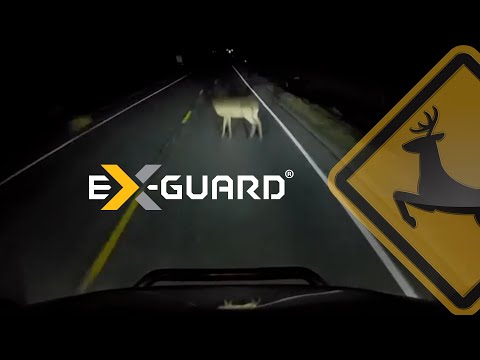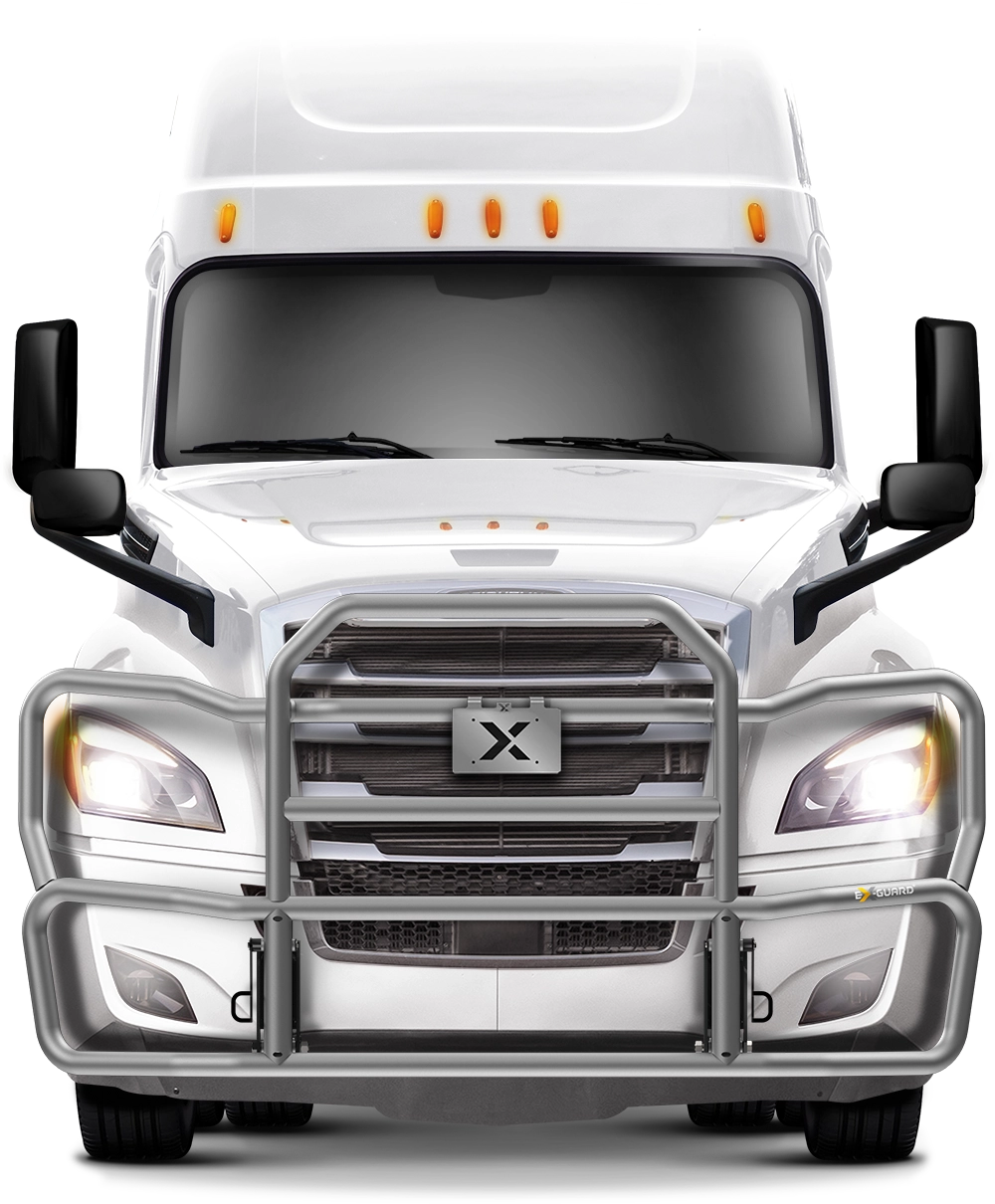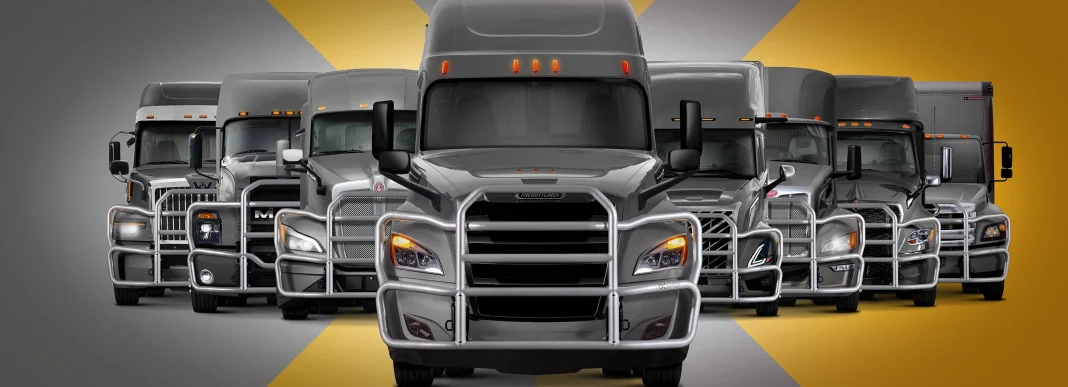Coming soon to a highway, interstate or street near you: the premiere of deer rutting season. Deer on the move this fall means a higher percentage of deer-vehicle collisions, resulting in more potential damage to your fleet, increasingly expensive repairs and frustrating downtime for your drivers. Part by part, day by day, the number of this year’s deer versus truck showdowns can quickly rack up and put a serious dent in your company’s bottom line.
The Deer-Vehicle Collision Stats are Startling
While deer-vehicle collisions can happen anytime throughout the year, the months of October, November and December are most prevalent, when deer are migrating and more active. U.S. drivers filed an estimated 1.8 million animal collision insurance claims in the U.S. between July 2022 and June 2023, with November being the most dangerous month for incidents.1 And the toll on vehicle damage, economic losses and human casualties is deer-in-the-headlights startling:
- Around 2.1 million deer-vehicle collisions occur annually.
- These collisions cause more than $10 billion in economic losses.
- Each year, deer collisions account for some 59,000 human injuries and 440 human deaths.2

Your risk of colliding with a deer is higher depending on where you are in the U.S. West Virginia is the state with the highest risk of your vehicle striking a deer, followed by Missouri, Pennsylvania, South Dakota and Iowa.3
In Iowa, drivers can face multiple factors that contribute to increased encounters with deer, according to Sgt. Alex Dinkla of the Iowa State Patrol. “Since Iowa is primarily a rural state, there is a robust deer population moving across more rural roads. When you combine that with the fact that it’s rutting season as well as harvesting season where deer are moving from field to field, motorists really need to be on the lookout.”
Dinkla, who has also served as a patrol officer during his 20+ years in law enforcement, has witnessed numerous deer-vehicle collisions, with results ranging from no damage at all to simple property damage, all the way to vehicles being totaled. And the damage doesn’t always stop with the vehicle who struck the deer. He adds, “There are incidents where the deer will be struck by a vehicle and then thrown into oncoming traffic, causing damage to even more vehicles.”

The Cost of Big Rig Repair is Increasing
One in nine trucks experience a collision each year, and according to industry data compiled by PPG’s AdjustRite commercial estimating system, the cost of repairing front-end severity, which includes parts, supplies, materials, etc., is on the rise for Classes 1 through 8. Factoring for any front-end damage (left front, front, and right front), AdjustRite reported increases from 2021 to 2022, with tractor repairs rising the most with 24% to $13,317.4
Chances are a collision with a deer won’t total out a semi-truck. But it could damage the hood, body and grille, as well as more critical components, leading to extended downtime – on average two days or more – and expensive repairs. In fact, AdjustRite estimates the average labor hours for a heavy-duty truck front-end collision were:
- Body: 20.7 hours
- Frame: 12.9 hours
- Mechanical: 15.1 hours
- Paint: 12.5 hours
That’s a total of 61.2 hours if all areas need to be repaired.
And the repair costs can really hit home, like it did for this driver who weighed in on thetruckersreport.com: “I have hit five deer in 15 years of driving trucks, in Nebraska, Kentucky, Georgia, Arkansas and Ohio. The one I hit in Georgia was the most devastating. It was intense – there were pieces of the truck everywhere. I had to get towed and the whole coolant system was destroyed. That was almost 10k in costs, hotels and damage.”
Downtime, Towing and CSA Score Costs are Often Missed
In addition to the hard costs to repair an animal strike, too often fleets don’t recognize their biggest expenses – the opportunity costs of missed days of revenue from each downed truck. According to a recent white paper from Ex-Guard, the average cost of a day of downtime for fleets is $1,200; which can take the total cost of an accident north of $50,000.
According to Ryan Holt, General Manager of Ex-Guard, fleets can feel the regulatory and contractual pinch when their towable accidents get recorded in the CSA database. “These accidents affect fleets’ status with the government, with customers and can even lead to the loss of their ability to operate. When a truck receives enough damage that it is no longer deemed roadworthy, contracts, licenses and livelihoods are at stake.”


